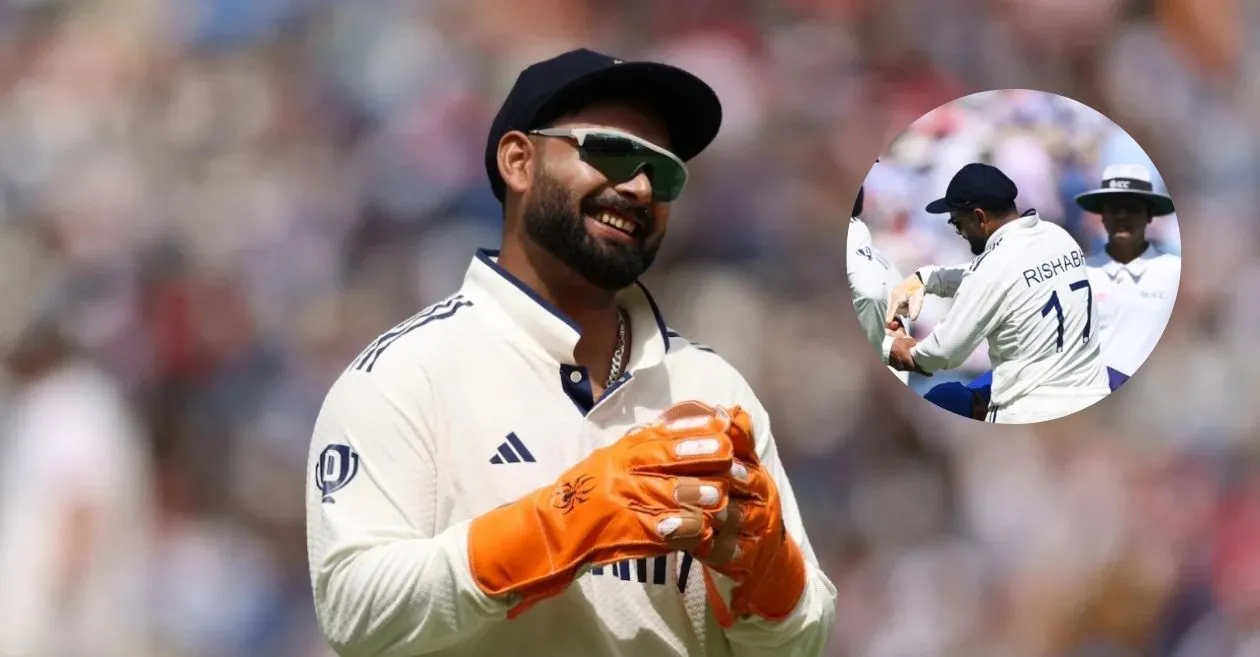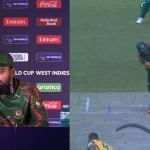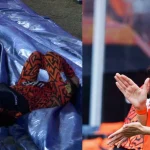The third Test between India and England at the iconic Lord’s Cricket Ground delivered more than just drama on the pitch—it saw a pivotal moment when India’s vice-captain Rishabh Pant exited the field with a finger injury during a warm-up session. The sudden incident has sparked a host of questions, not least whether Pant will be able to bat later in the match—and crucially, whether substitute keeper Dhruv Jurel can fill that role. The answer, it turns out, lies in the detailed—and often misunderstood—rules governing cricket substitutions.
How It Happened: Pant’s Painful Injury
It was during the second session when Pant leapt, diving to his left, to stop a delivery from Jasprit Bumrah. Unfortunately, the ball struck his left index finger painfully. Medical staff rushed to the scene, treating him with spray and tape. Unable to continue, he was replaced behind the stumps by Dhruv Jurel—but only in the field, not in the batting order. Play halted for several minutes, underscoring the seriousness of the injury.
Rules on Substitutes: What Jurel Can and Can’t DoKeeping Up: Permitted
Since 2017, cricket laws allow a substitute—such as Jurel—to keep wickets if the original keeper is injured, provided the umpires agree.
Batting? Not Allowed
However, under ICC regulations and MCC Laws:
“Only a nominated player may bat … even though a substitute fielder has previously acted for him”.
This means that if Pant is ruled unfit to bat, India will be effectively one batter short, with no replacement permitted.
Why That Restriction Exists
Cricket’s current rules sharply restrict non-concussion substitution to preserve:
-
Team balance and competitive integrity
-
Tactical clarity, preventing side-swapping players mid-match
-
Historical consistency, given Test cricket’s traditional structure
Exceptions exist only for concussion substitutes, who may be replaced by a “like-for-like” player pre-nominated and approved by the match referee But Pant’s finger injury does not qualify under this rule.
New ICC Trials: Coming Too Late
The ICC has announced that starting October, first-class (domestic) cricket will trial full “like-for-like” injury substitutes. However, these changes apply only to domestic matches—not international Tests. Hence, they will come too late to affect Pant’s situation at Lord’s .
Concussion Exception: Not Applicable Here
Concussion rules allow full replacement including batting/bowling—only for head injuries, not finger blows. Pant’s finger injury, while painful, fails to meet that threshold.
Implications for India’s Strategy
-
Batting Depth Reduced: If Pant cannot bat, India will bat with 10 players, increasing pressure on the top order.
-
Vice-Captain Void: His dual role as keeper and middle-order batter is a strategic loss.
-
Stalling Momentum: Pant has been in great form; his potential absence could hurt morale and momentum.
-
Shuffled Batting Order: India may consider promoting Dhruv Jurel, though this would require a formal change to the playing XI—and is unlikely mid-match.
Voices from the Game
-
Dinesh Karthik, commenting on Jurel’s fielding:
“Jurel is a lot closer to the stumps compared to Pant”.
This highlights Jurel’s strong keeping skills, though it doesn’t change batting restrictions. -
Sky Sports reported initial optimism:
“Pant should be fit to bat… there is no concern at this stage.”
But India has not confirmed his availability.
Strategic Dilemmas Ahead
Should Pant withdraw from batting, India faces major decisions:
-
Accept 10-man batting—elevating pressure on XI.
-
Promote Jurel—would need to rearrange the order mid-match.
-
Draft in a spin or pace-bowling all-rounder—unlikely without proper protocol.
Given the series is delicately poised 1–1, India’s pursuit of a 2–1 lead at Lord’s hinges on gameplay clarity and fitness clarity.
What’s Next?
-
Medical update awaited—Pant’s fitness will be assessed, with the hope he can bat.
-
India’s declaration decision may hinge on whether Pant can bat—knowing a batsman short would encourage England.
-
Jurel keeps on—authorised to keep wickets but barred from batting under current regulations.
Broader Takeaway: Cricket’s Concussion Future
Pant’s incident underlines cricket’s reliance on traditional rules. But the ICC’s upcoming trials in domestic circuits signal a future where injury substitutes could become commonplace—ensuring teams aren’t penalised for non-concussion injuries. If successful, we might soon see seamless mid-Test replacements—dramatically shifting how teams manage injuries.
Summary Table
| Rule | Effect on Pant’s Injury |
|---|---|
| Wicket-keeper substitution | ✅ Jurel allowed behind the stumps |
| Batting substitution | ❌ Not permitted in Test rules |
| Concussion sub | ❌ Not applicable—Pant’s injury is finger-based |
| Domestic trials | ⚠️ Not valid for Tests yet |
Final Word
At Lord’s, every run, wicket, and decision counts. Pant’s injury—and the inability to bring in a batting substitute—puts India at a precarious tactical crossroads. Jurel’s entry provides stability behind the stumps, but India’s batting depth faces a crucial test. If history rewrites itself next year, teams may enjoy more flexibility. Today at Lord’s, India must hope for Pant’s recovery—because, as per the current laws, they’ll be running one man short without him.
Please check for information on the best betting sites in India – https://selectory.org/best-betting-sites/















